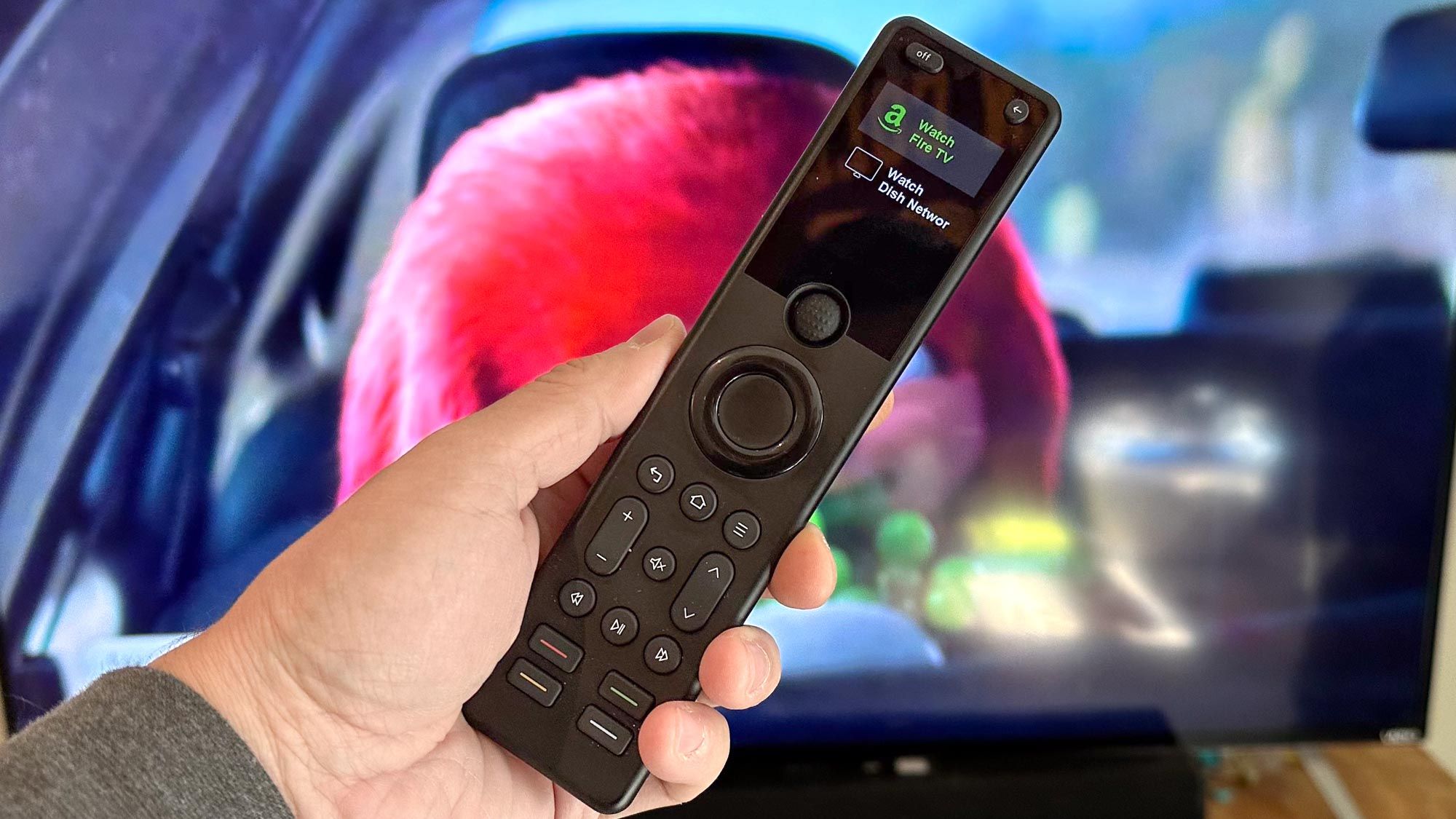In the modern home, few devices are as universally used—and yet so often overlooked—as the TV remote control. It is small, lightweight, and usually taken for granted, but it plays a significant role in how we consume entertainment. Whether switching channels, adjusting volume, launching streaming apps, or controlling smart home features, the TV remote is an essential tool for daily convenience. Despite its simplicity, the remote control has a rich history, sophisticated technology, and an evolving future shaped by smart innovations.
The Origins of the TV Remote Control
The journey of the TV remote began in the 1950s, when Zenith Radio Corporation developed the first wireless remote called the “Lazy Bones.” It was connected by a cable to the television and allowed users to change channels without getting up. Although groundbreaking, the cable was inconvenient and posed a tripping hazard.
This led to the creation of the “Flash-Matic” in 1955, the first wireless remote that used beams of light directed at photo cells on the TV. However, rooms with bright sunlight often interfered with its function, making it unreliable.
The breakthrough came in 1956 when Zenith introduced the “Space Command,” an ultrasonic remote that used sound frequencies instead of light. This technology dominated for decades until the advent of the modern infrared (IR) remote in the 1980s, which became the standard due to its accuracy, low cost, and reliability.
How Modern Remote Controls Work
Most current TV remote control use infrared (IR) technology. When a button is pressed, the remote sends out a series of light pulses encoded with specific command signals. The television’s IR receiver interprets these signals and executes the corresponding action.
Some modern remotes use radio frequency (RF) technology. Unlike IR, which requires a direct line of sight, RF remotes can work through walls and cabinets, giving users greater flexibility. RF is commonly used in smart TVs and streaming devices such as Roku, Amazon Fire TV, and some Samsung and LG models.
Additionally, Bluetooth and Wi-Fi remotes are becoming more common, allowing for:
- Faster response times
- Voice control integration
- Motion and gesture input
- Multi-device pairing
These remotes can also control streaming apps, universal smart home functions, and even gaming features.
Types of TV Remote Controls
Today’s remote controls vary widely depending on the brand and technological compatibility. The main types include:
- Standard IR Remote Controls
These are the classic remotes most people are familiar with. They work through line-of-sight IR transmission and come with basic functions like:
- Power
- Channel switching
- Volume control
- Menu navigation
They are simple, affordable, and universally available.
- Universal Remote Controls
A universal remote can control multiple devices, such as:
- TV
- Soundbar
- Blu-ray player
- Home theater system
- Streaming devices
This eliminates the need to juggle several remotes on a coffee table.
- Smart TV Remotes
Smart TV remotes often include:
- Voice assistants
- Shortcut buttons for Netflix, YouTube, Disney+, and other apps
- Air-mouse or motion controls
- Touchpads
- Bluetooth connectivity
These remotes blend traditional TV control with smart functionalities.
- Mobile App Remotes
Smartphone apps from brands such as Samsung, LG, Sony, and Roku turn the phone into a remote control. These apps offer features like:
- Voice input
- Keyboard typing for searches
- Screen mirroring control
- Touch navigation
Mobile remotes are especially useful when the physical remote is misplaced.
Essential Features in Modern Remote Controls
Consumers today expect more from their remote controls. Key features found in modern remotes include:
- Backlit Buttons
Useful for watching TV in dark rooms.
- Voice Control
Popular assistants such as Amazon Alexa, Google Assistant, and Bixby are now integrated into modern remotes, allowing voice-based content searching and device control.
- Ergonomic Design
Slimmer, curved designs make remotes more comfortable to hold.
- Minimalist Layouts
Some brands, like Apple or LG, prefer simplified remotes with fewer buttons, relying heavily on smart systems.
- Rechargeable Batteries
USB-C and solar charging remotes reduce the need for disposable batteries, supporting eco-friendly usage.
Common Problems and Troubleshooting Tips
Despite their simplicity, TV remotes can sometimes malfunction. Common issues include:
- Dead or Weak Batteries
Often the most common cause. Replacing or recharging batteries usually resolves the problem.
- IR Signal Blockage
Objects blocking the TV’s IR sensor can prevent the remote from working. Clearing obstacles helps.
- Dirty or Sticky Buttons
Dust, fingerprints, or spills can obstruct the button contacts. Cleaning with a soft cloth or mild alcohol solution can help.
- Outdated Pairing (for RF or Bluetooth Remotes)
Some remotes must be re-paired with the TV after a reset or update.
- Software Glitches
Restarting the TV or updating its firmware can fix unresponsive remotes.
Choosing the Right Remote Control
When selecting a new or replacement TV remote, consider the following:
- Compatibility
Ensure the remote supports your TV model or brand.
- Features Needed
If you stream often, choose a remote with dedicated streaming buttons or voice control.
- Budget
Universal remotes range from affordable to premium, depending on features like backlighting, smart home integration, or programmability.
- Durability
Since remotes are handled frequently, choose models with sturdy construction and high-quality buttons.
- Ease of Use
Seniors or children may prefer simpler remotes with larger buttons.
The Future of Remote Controls
The TV remote continues to evolve. Future innovations may include:
- Full voice-only control, eliminating the need for physical buttons
- Gesture recognitionthrough sensors
- AI-powered smart recommendationsintegrated into the remote
- Biometric security, such as fingerprint activation
- Eco-friendly materialsand self-charging solar panels
Some companies are even experimenting with completely remote-free TV interfaces, where users control the television through:
- Voice
- Smartphones
- Smart home hubs
- Wearable devices
However, many people still prefer the simplicity of a handheld remote, which means it will likely remain a household staple for years to come.
Conclusion
The TV remote control, though small in size, has played a monumental role in shaping the home entertainment experience. From early wired models to today’s smart, voice-enabled devices, the remote has evolved alongside television technology. It has transformed watching TV into a more convenient, intuitive, and enjoyable activity.
Whether controlling a classic TV, navigating apps on a smart TV, or managing an entire home theater system, the remote control remains an indispensable tool that puts entertainment at your fingertips. As technology continues to advance, the remote will undoubtedly adapt—but its purpose will remain the same: delivering convenience, accessibility, and seamless interaction with the screens we enjoy every day.



































